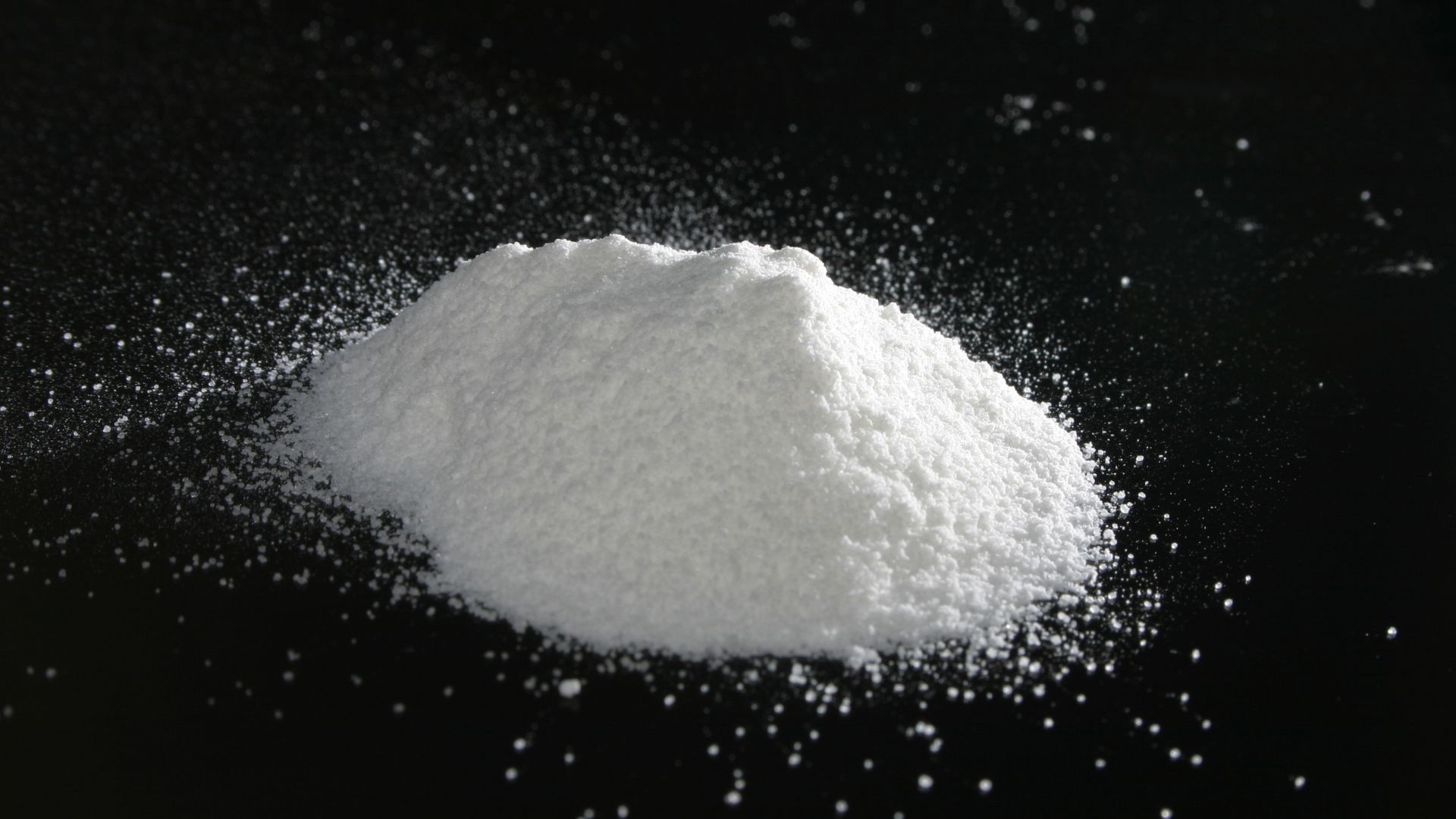In the world of minerals and compounds, calcium hydroxyapatite and calcium phosphate often find themselves at the center of discussions due to their close resemblance. However, are they really the same? In this informative article, we’ll delve into the intricacies of these two substances to uncover the distinctions that set them apart.
Exploring Calcium Hydroxyapatite
Calcium hydroxyapatite is a mineral compound that plays a crucial role in the human body, particularly in maintaining strong and healthy bones and teeth. It is a natural form of calcium, phosphorous, and hydroxide ions. Let’s break down the key components:
Calcium
Calcium is an essential mineral that our bodies rely on for various vital functions. It contributes to muscle contractions, nerve transmission, and, of course, the structural integrity of our bones.
Phosphorous
Phosphorous, on the other hand, is a crucial component for the formation and maintenance of strong teeth and bones. It also plays a pivotal role in energy metabolism.
Hydroxide Ions
Hydroxide ions are composed of oxygen and hydrogen. In the context of calcium hydroxyapatite powder, they bind with calcium and phosphorous ions, forming a stable crystalline structure that comprises bone and dental tissues.
Unveiling Calcium Phosphate
Now, let’s shift our focus to calcium phosphate. This compound is a collective term for various forms of calcium and phosphate salts. Calcium phosphate is found in different minerals and can take several forms, including tricalcium phosphate and dicalcium phosphate. Here’s a closer look:
Tricalcium Phosphate
Tricalcium phosphate, also known as tribasic calcium phosphate, is a calcium salt of phosphoric acid. It has a variety of uses, including serving as an anti-caking agent in food products and a calcium supplement.
Dicalcium Phosphate
Dicalcium phosphate, another calcium salt of phosphoric acid, is commonly used in the food industry as a dietary supplement and a pH regulator.
The Crucial Distinctions
While calcium hydroxyapatite and calcium phosphate both contain calcium and phosphorous, they are not identical. Here’s why:
- Structural Differences: Calcium hydroxyapatite is a naturally occurring crystalline mineral found in our bones and teeth, whereas calcium phosphate encompasses a broader category of calcium salts with various applications.
- Biological Significance: Calcium hydroxyapatite directly contributes to bone and dental health due to its unique crystalline structure, while calcium phosphate salts are used in various industrial and dietary applications.
- Composition: Calcium hydroxyapatite powder contains hydroxide ions, which are not present in all forms of calcium phosphate.
In summary, calcium hydroxyapatite and calcium phosphate are not the same. The former is a specific mineral crucial for our skeletal structure, while the latter is a more general term encompassing various calcium-phosphate compounds with diverse applications.
Supporting Quality Content
Before we conclude, I’d like to express my heartfelt appreciation for your support. If you find value in the information provided here, consider supporting my work so I can continue creating informative content like this. Your support can be a driving force in spreading knowledge and awareness.
In conclusion, calcium hydroxyapatite and calcium phosphate are distinct entities with unique properties and applications. Understanding these differences is crucial, whether you’re interested in bone health, dietary supplements, or industrial uses.

